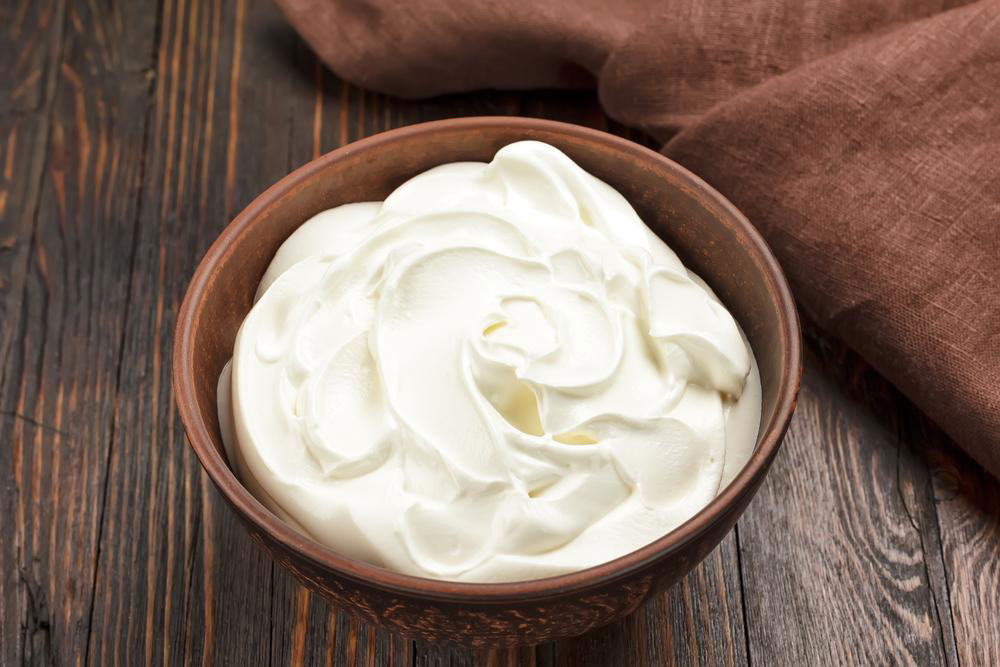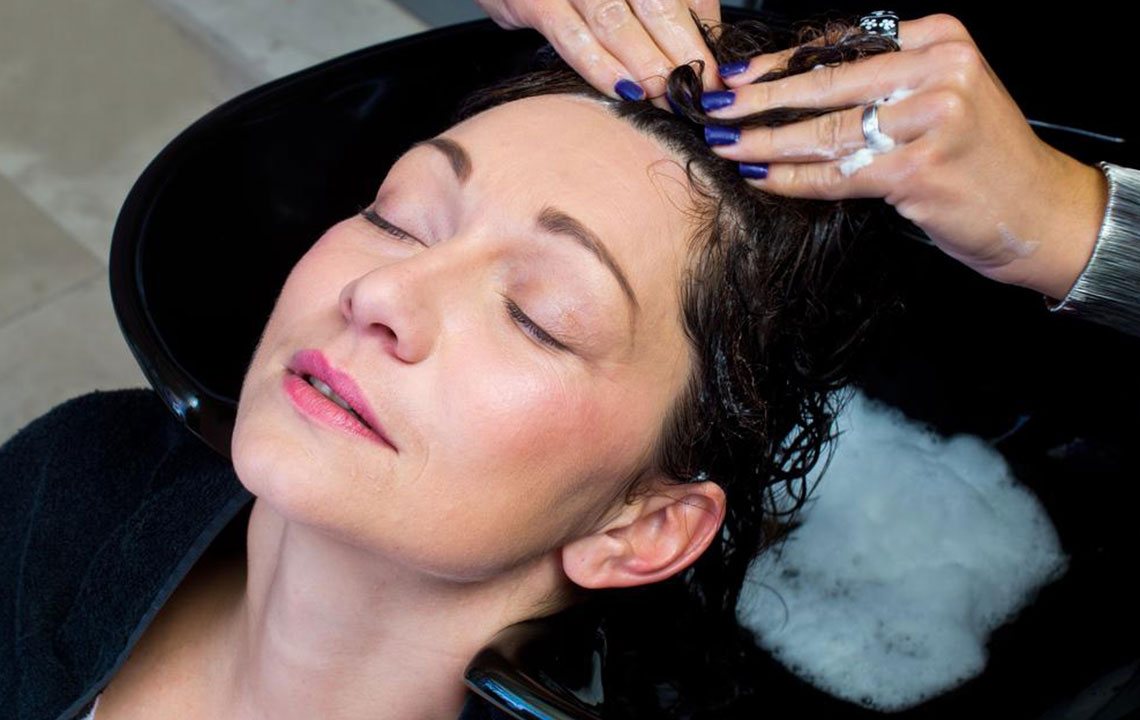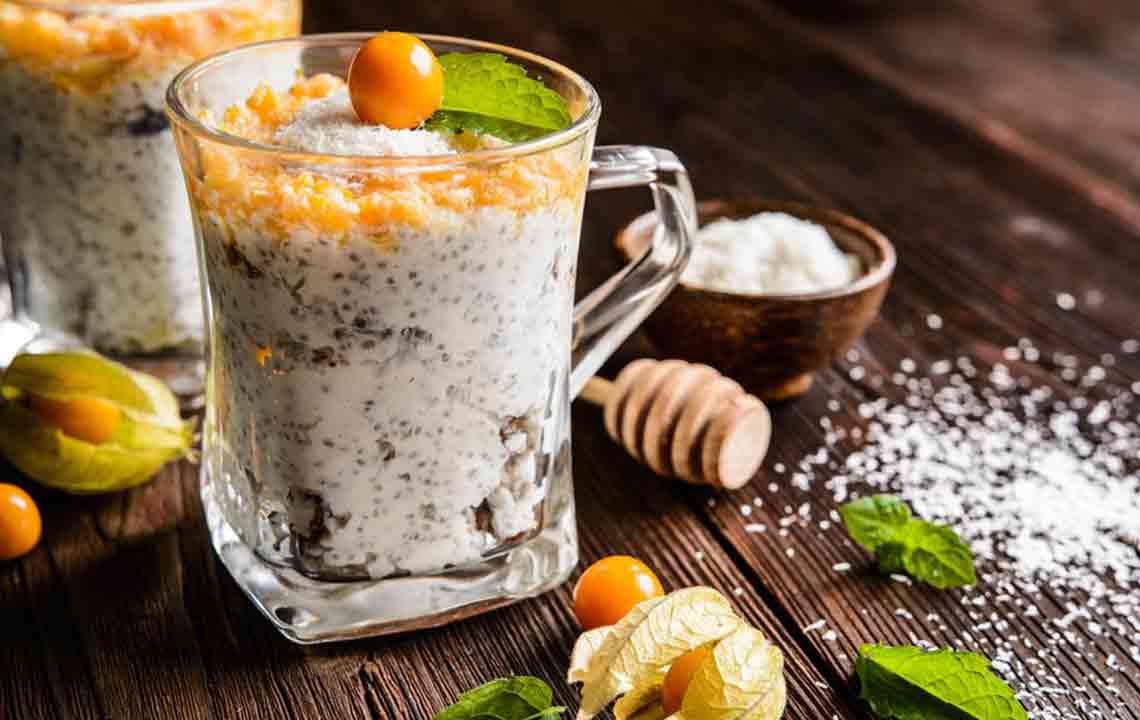Effective Ways to Get Relief from Yeast Infections
A yeast infection is an infection that results from the overgrowth of yeast that is a type of fungus.
Yeast infections are commonly known as candida vaginitis or vulvovaginal candidiasis and are usually caused by the Candida albicans fungus. Other species of Candida may also cause yeast infections, like C. tropicalis, C. glabrata, C. parapsilosis, and C. krusei.
Statistics show that about 75 percent of women tend to get a vaginal yeast infection at least once in their lifetime, while 40 to 50 percent of women experience more than one infection.

Men too get yeast infections in their mouths, genitals, and other areas.
The term yeast infection usually refers to a vaginal infection; however, it can also refer to non-genital yeast infections that are caused due to different types of candidiasis.
Such yeast infections of the mouth are commonly known as thrush or oropharyngeal candidiasis.
A yeast infection occurring on the skin in moist warm areas like folds of skin near the groin and armpits is known as cutaneous candidiasis.
When the strain Candida manages to get into the bloodstream through for example the use of a contaminated intravenous catheter, the yeast can cause a deadly infection that is known as invasive candidiasis.
On an average, yeast infections caused by Candida albicans are easy to treat, and there are other drugs available to provide yeast infection relief which may be purchased over-the-counter (OTC) or with a prescription. They may also be taken as a prescription cream like an anti-fungal cream, suppository, tablet, ointment, or medicated tampon.
A class of anti-fungal drugs known as azoles is part of these medications which provide yeast infection relief and these include:
– Gyne-Lotrimin
– Monistat
– Miconazole
– Diflucan
– Tioconazole
– Terazole
– Butoconazole
These prescribed medications are sometimes taken with additional prescription drugs that help treat symptoms like the use of steroids to reduce inflammation. The side effects of these are mild unless there occurs an allergic reaction.
Use of tampons, diaphragms, and condoms should be avoided during treatment with creams and suppositories since these medications contain oil that can degrade the contraceptives.
Some other side effects include flu-like symptoms that can be severe, apart from seizures and swelling. Some medications may not be recommended for pregnant women to get yeast infection relief.
Certain Candida are resistant to first-line drugs even though azoles work well against C. albicans.
To cite an example, about half of C. glabrata strains that are isolated from recurrent yeast infections are a lot less susceptible to fluconazole than C. albicans. The strain C. krusei, for example, is completely resistant to it.
Doctors prescribe Mycostatin or nystatin to treat non-albicans yeast infections, which is a vaginal tablet or cream that needs to be used every day usually for two weeks or 14 days. This is said to provide yeast infection relief.
Most yeast infections are eliminated within one to seven days, and the length of the treatment depends entirely upon the product, medication, and side effects that occur. In some cases, a single, highly potent dose of fluconazole or azole oral medication may be tried to eliminate all symptoms immediately.
Yeast infections and home remedies
Home remedies to get yeast infection relief are preferred by some people over OTC treatments and prescription drugs. These may include:
– Tea tree oil
– Probiotic yogurt
– Probiotic supplements
– Garlic
– Boric acid suppositories
– Douching
However, these home remedies may not be necessarily backed by proper medical research. Boric acid suppositories can be considered effective against yeast infections, and include those that are caused by non-albicans Candida species.
Yogurt and supplements contain Lactobacillus which is thought to be the “good” bacteria that is commonly found in the vagina, and these strains are thought to help prevent and provide yeast infection relief.
Even though garlic is a natural fungicide and garlic capsules are readily used to treat yeast infections, the use of these good bacteria is pretty inconsistent.
Recurring yeast infections
Certain people tend to face chronic or recurring yeast infections with no clear reasons as to why it happens. There are, however, several risk factors that may predispose a person these recurring infections, which include birth control pills, pregnancy, regular use of antibiotics, diabetes, estrogen therapy, HIV, etc.C. albicans is the species behind most yeast infections and treatments used to provide normal yeast infection relief are effective only if the recurring yeast infections are caused by this strain.
Some other infections, however, are caused by other Candida species, like C. glabrata that may require treatment with a Mycostatin (nystatin) vaginal tablet or cream, and a vaginal gel containing the antifungals amphotericin B and flucytosine.
Home remedies to gain yeast infection relief include garlic, boric acid, yogurt, douching, and tea tree oil but are mostly not backed by concrete medical proof.




